Inga Þórey, our curator placed our work: My 3-dimensional collages at one end to the left as you entered the gallery, Soffia's large charcoal drawings on the long wall, her scrolls in a vitrine Elva's prints next to Soffia's drawings and toward the far end where, in a recess, Inga installed our collaborative piece. Two short walls, perpendicular to the window wall, the vitrine and a pedestal broke up the space and added rhythm.

CLICK ON AN IMAGE TO ENLARGE
Above and Below the Horizon
Soffia, like many island inhabitants, is focused on the horizon and in much of her painting work, she places herself on the ground looking directly out. This puts her and us in a strong and solid place vis a vis our surroundings. When Soffia became interested in Marie Tharp's maps of the ocean floor, she first drew this underwater vision as a journey-story on scrolls, where one can imagine a small Soffia traveling across under water to Places Unknown. Only a part of the story is visible, the rest is rolled up. The position of the artist and the ‘reader’ is on the bottom of the sea looking out as if, even here, we are looking at a horizon. In powerful charcoal drawings, Hidden Landscapes , our sea bed exploration is enlarged to life size.
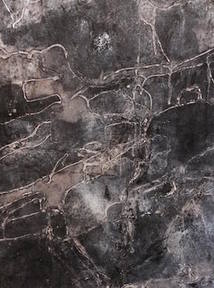
While Soffia stands and looks; Elva sits down to touch and feel the earth's crust. Elva pays close attention to the surface of the earth: the textures and lines of lava fields, mosses, and rocks in her homeland. She conveys them in lovely evocative prints. Often the images are small honing in on a microscopic detail; while in the series of six larger collographs Written By Nature, our view is expanded. Elva uses elements from the earth to create her matrices, adhering sand and other material to her metal plates. Inspired by our collaboration, she asked me to bring sand from Cape Cod so that she could use the sand from the Reykjanes peninsula and sand from across the sea on the New England Coast. In this way, her work and mine reference each other in nuanced ways. Four of Elva's small collographic plates were exhibited on a pedestal allowing visitors to the exhibit to see and understand her process.
FOR WRITING ON MY WORK, SEE PREVIOUS POST
Our opening reception on November 11 was well attended. A local painter had an exhibit in another gallery at the museum and a cultural award was given to a choirmaster from Keflavik where the museum is located. Before the galleries were opened a folk group played, we were all introduced, and a youth choir sang. There were between 500-600 people in the museum that evening.
Two days later Elva, Sofia, and I gave talks about our work to an audience of 30+ people, more than usually attend I was told. I spoke first in English, the two Icelandic artists in Icelandic and then in English Soffia and I talked about our collaboration. There were questions asked and much interest in our work. I was introduced to a friend of Elva's a geologist who was interested in my work about Reykjanes and shared her knowledge of the relationship between the geothermal plant and the changes taking place in Gunnuhiver. I have to get in touch with her to continue that dialogue. The museum produced a beautiful catalogue with a CV and four pages of images for each artist, images from our collaboration, and distance shots of the installations in the museum. We received national attention. On November 11, the morning of our opening an article with photographs about our show was published in the Morgenbladid. We were featured on the nightly news on November 22 www.ruv.is/sarpurinn/ruv/tiufrettir/20161122
And the university website had a long review of the exhibit.
All this was wonderful, but most important is that I have two friends for life.

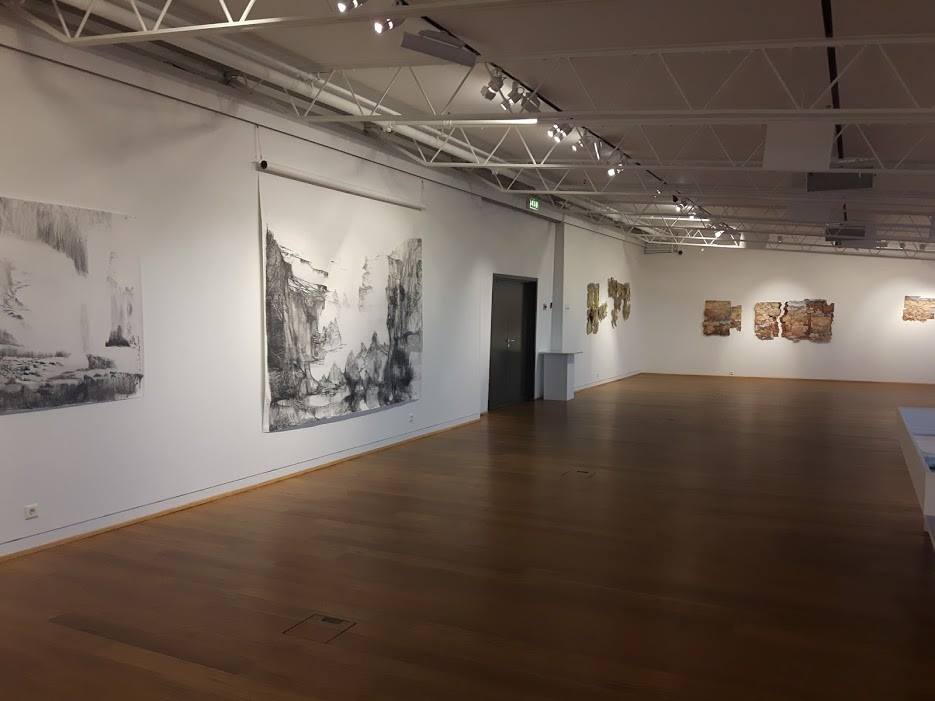





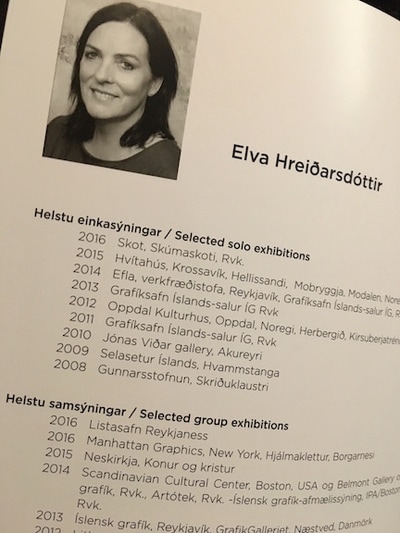


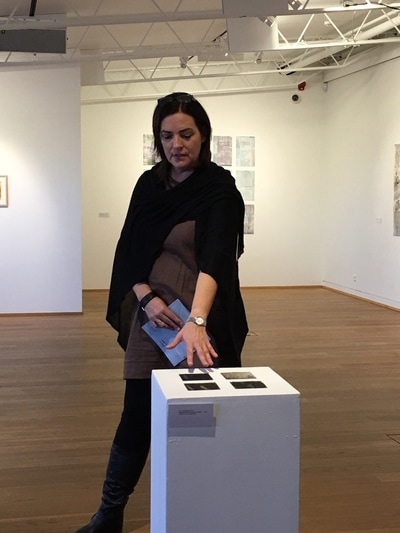
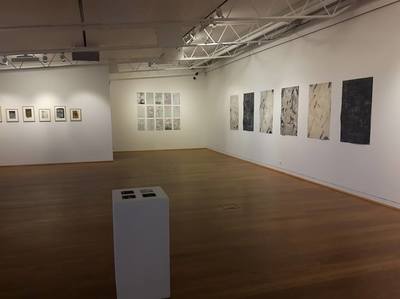



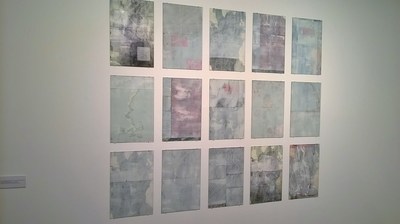















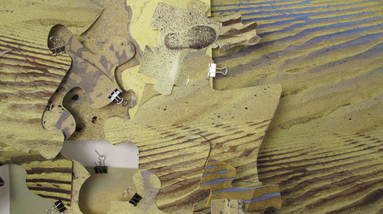

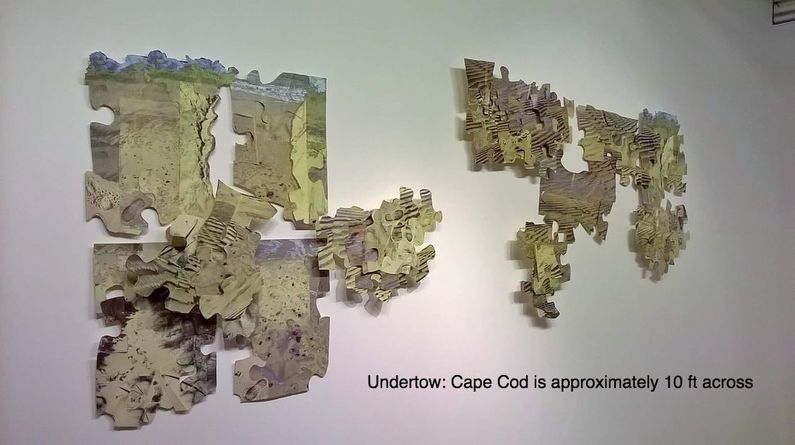
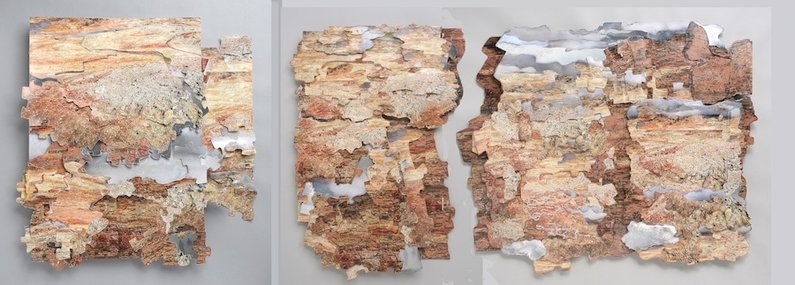


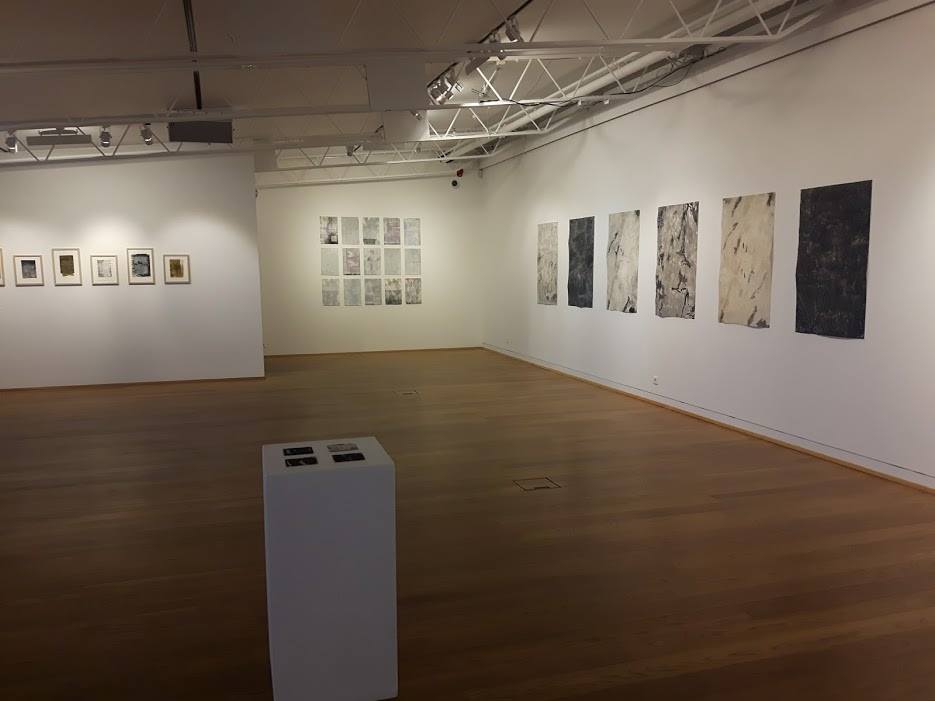




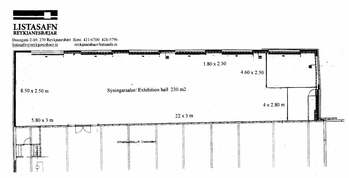
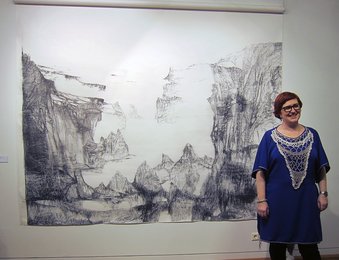

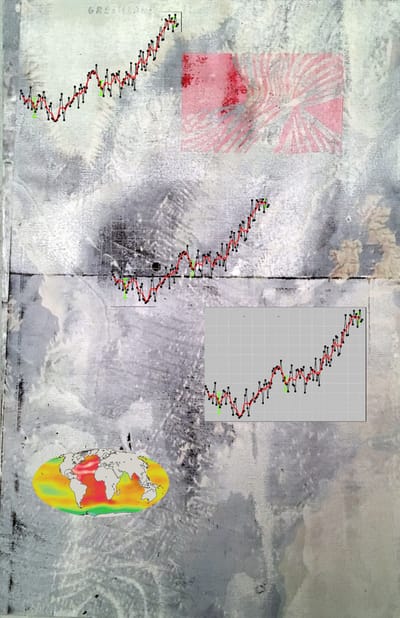




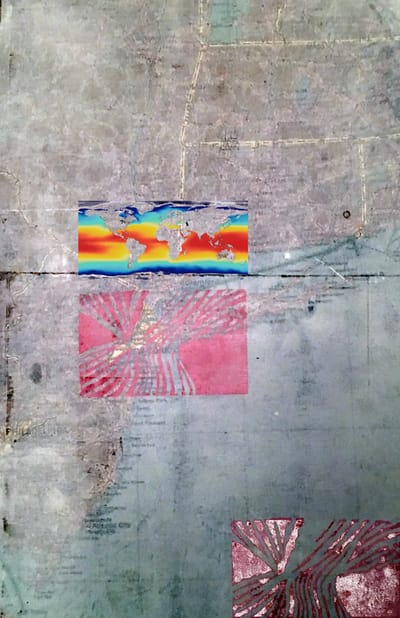





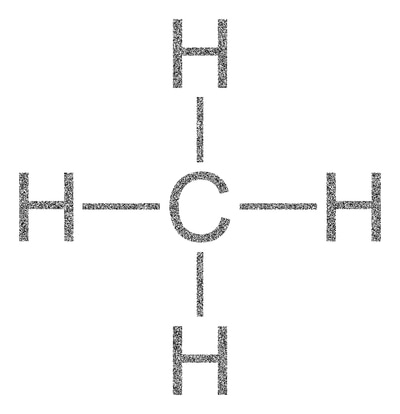
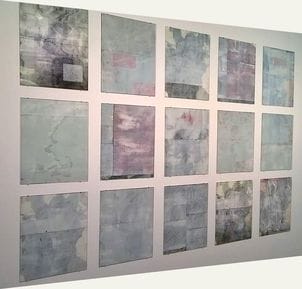

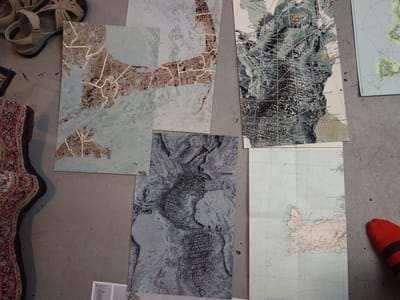





 RSS Feed
RSS Feed